
If you want to use a wood chipper safely, you must follow safety rules every time. Bad accidents can happen with a tow behind wood chipper. You could hurt your fingers or get caught in the feed mechanism. Here are some important facts:
59.3% of people who go to the hospital are hurt in their fingers and hands while chipping.
Some accidents happen when hoods come off while knives are spinning.
Both workers and homeowners get broken bones and cuts when body parts get pinched or caught.
You should always check your towing equipment. Check the brakes too. Read the manufacturer’s instructions before you tow your wood chipper. Never work alone. Always think about safety before you start.
Important Safety Tips
Never Work Alone
You should never operate a tow behind wood chipper by yourself. If something goes wrong, having another person nearby can make a big difference. They can call for help or assist you in an emergency. Many accidents happen when people work alone and cannot get help quickly. Always ask someone to stay close while you use the chipper. This is one of the most important safety tips you can follow.
Tip: Keep your phone nearby and make sure you know how to reach emergency services.
Inspect for Foreign Objects
Before you feed any branches or debris into the chipper, take a moment to check for foreign objects. You might find metal pieces like nails, screws, or wire fencing hidden in the wood. Rocks can also sneak in and cause serious damage. Plastics, rubber items, and garden hoses can clog the machine. Large or knotted branches may jam the chipper. Vines and stringy materials, such as ivy or rope, can wrap around moving parts. Wet or green materials like fresh grass clippings and soggy leaves can block the discharge chute.
Metal objects can break chipper blades.
Rocks may crack the flywheel housing and turn into dangerous projectiles.
Plastics and rubber can clog the machine.
Large branches and vines can jam or damage the chipper.
Wet materials can block the discharge system.
You should always inspect debris carefully. This helps protect the chipper and keeps you safe.
Personal Protective Equipment
Wearing personal protective equipment, or PPE, is a must every time you use a wood chipper. You need to protect your head, eyes, and face from flying debris. OSHA requires specific PPE for wood chipper operators. Here’s a quick look at what you need:
Type of PPE |
Requirement |
|---|---|
Head Protection |
Must meet the requirements of subpart I of part 1910 for head injury risks. |
Eye Protection |
Must meet the requirements of subpart I of part 1910 for eye injury risks. |
Face Protection |
Must meet the requirements of subpart I of part 1910 for facial injury risks. |
You should also wear gloves, closed-toe shoes, and hearing protection. Make sure your clothing fits snugly. Loose clothing can get caught in the machine. Always use proper protective gear before you start. Safety gear like goggles and gloves helps keep you safe from flying chips and loud noise.
Here are five safety tips experts recommend for using a tow behind wood chipper:
Wear safety gear, including eye and ear protection, closed-toe shoes, and secure loose clothing.
Only chip branches that fit the machine’s specifications.
Never put your hands in the hopper.
Turn off the engine before clearing clogs or doing maintenance, and wait for the flywheel to stop.
Keep kids and pets far away from the chipper.
You should always use personal protective equipment and check that all safety features are working. This keeps you safe and helps the chipper run smoothly.
Preparing Your Tow Behind Wood Chipper

Equipment Inspection
Before you start with your tow behind wood chipper, you need to check everything carefully. Manufacturers recommend a daily inspection. Here’s a simple checklist to follow:
Look for broken or missing hood latches and pins.
Check for cracked or worn hinges.
Fix or replace any damaged parts before you use the machine.
Make sure all access panels, like the discharge chute and cutter housing, are closed and locked.
Test every safety device and control, including emergency shut-off switches.
If you use a pto tractor wood chipper, these steps matter just as much. You want your equipment setup to be safe and ready. Never skip this inspection. A quick check can prevent big problems later.
Work Area Setup
Setting up your work area is just as important as checking your tow behind wood chipper. You want to keep the space around your pto tractor wood chipper clear. Remove clutter and obstacles. Pick up loose tools and cords. Rake up small debris like twigs and leaves. Dispose of them properly. Always keep children and pets away from the work zone. Good work area setup helps you avoid trips and falls.
Tip: A clean work area keeps you focused and safe.
Safety Switch Check
Before you start your tow behind wood chipper, test all safety switches. Make sure emergency shut-off devices work. If you use a pto tractor wood chipper, double-check every control. Weather can affect your machine, so store it properly when conditions are bad. A working safety switch can save you from injury.
Towing Your Wood Chipper

Secure Positioning and Tie-Downs
When you start towing your wood chipper, you want to make sure it stays safe and secure on the trailer. First, check your straps. If you see any fraying or damage, swap them out for new ones. High-quality straps keep your chipper from moving around. Here’s a simple way to tie it down:
Place the wood chipper in the center of the trailer.
Use one strap on the left, one on the right, one at the front, and one at the back. This gives you a four-point tie down.
Add a couple of straps over the top for extra support.
Make sure every tie-down point is tight and locked.
Tip: Always double-check your straps before you hit the road. Loose straps can cause accidents.
If your chipper and trailer weigh over 750kg, you need brakes and a breakaway cable. For lighter setups, use a securing cable or chain. Check your driving license to make sure you’re allowed to tow your wood chipper.
Level or Nose Down Transport
Keeping your chipper level or slightly nose down helps you avoid problems during transport. If the chute faces backwards, it can crack welds or get damaged by wind. You also risk hitting other vehicles or structures. A level setup keeps everything stable and safe.
A nose down position stops the chipper from bouncing.
You lower the chance of stress on attachment points.
You protect the chute from wind and road hazards.
When towing your wood chipper, always check the position before you drive. A quick look can save you from costly repairs and keep everyone safe.
Remember, towing your wood chipper the right way means you get to your job site without trouble.
Operation Safety
Starting Procedures
You want to start your tow behind wood chipper the right way every time. Safety comes first, so follow these steps before you power up:
Put on safety goggles to shield your eyes from flying wood chips.
Use hearing protection to block out loud noise.
Wear gloves to protect your hands when you handle branches and the machine.
Choose sturdy footwear that can handle heavy impacts.
Stay away from moving parts like the rotor and blades.
Keep your work area clean and free of obstacles. This helps you spot hazards before they cause trouble.
Watch how the chipper performs. Never overload it.
Set up the chipper on stable ground. This prevents accidents.
Learn the right way to transport and store your chipper. Follow the instructions in your manual.
Check for regular maintenance. Well-kept machines run safer.
Tip: Always read the instructions before you start. If you see anything wrong, fix it before you use the chipper.
Safe Feeding Techniques
Feeding branches into the chipper takes patience and care. You want to keep a safe distance from the infeed chute and avoid common hazards. Here are some smart techniques:
Feed branches slowly. Let the chipper pull them in at its own pace.
Hold branches at the thick end. This gives you better control.
Start with smaller branches. This helps you get used to the machine.
Alternate between dry and green limbs. This keeps the chipping process smooth.
Always feed branches butt-end first. This makes the chipper work better.
Use a long stick to guide branches if needed. Never use your hands to push wood into the chipper.
Feed one piece at a time. Overloading can cause jams and hazards.
Watch the discharge chute. If you hear strange noises or see blockages, stop and check.
Never lean or reach into the infeed chute. Your body should stay clear of moving parts.
Alert: If you notice a jam, use the emergency stop right away. Wait for all moving parts to stop before you clear any debris.
Stand Downwind and to the Side
Positioning matters when you operate a wood chipper. You want to stand downwind and to the side of the infeed chute. This simple move helps you avoid hazards from flying debris and keeps you out of the machine’s mechanism.
Standing to the side lowers your risk of getting caught in moving parts.
Downwind placement keeps dust and chips away from your face.
You can reach the emergency stop quickly if something goes wrong.
Note: Always keep a safe distance from the chute. This gives you more time to react to hazards.
Avoid Loose Clothing
Loose clothing can turn a safe job into a dangerous one. Most wood chipper accidents happen because of human error, and clothing plays a big part. You want to wear close-fitting clothes and tuck everything in.
Untucked shirts, open jackets, or pants with cuffs can get caught in the machine.
Proper apparel and PPE help you avoid hazards.
Always follow the instructions for what to wear. This keeps you safe and focused.
Tip: Before you start, check your clothing. If anything feels loose, fix it. Safety starts with what you wear.


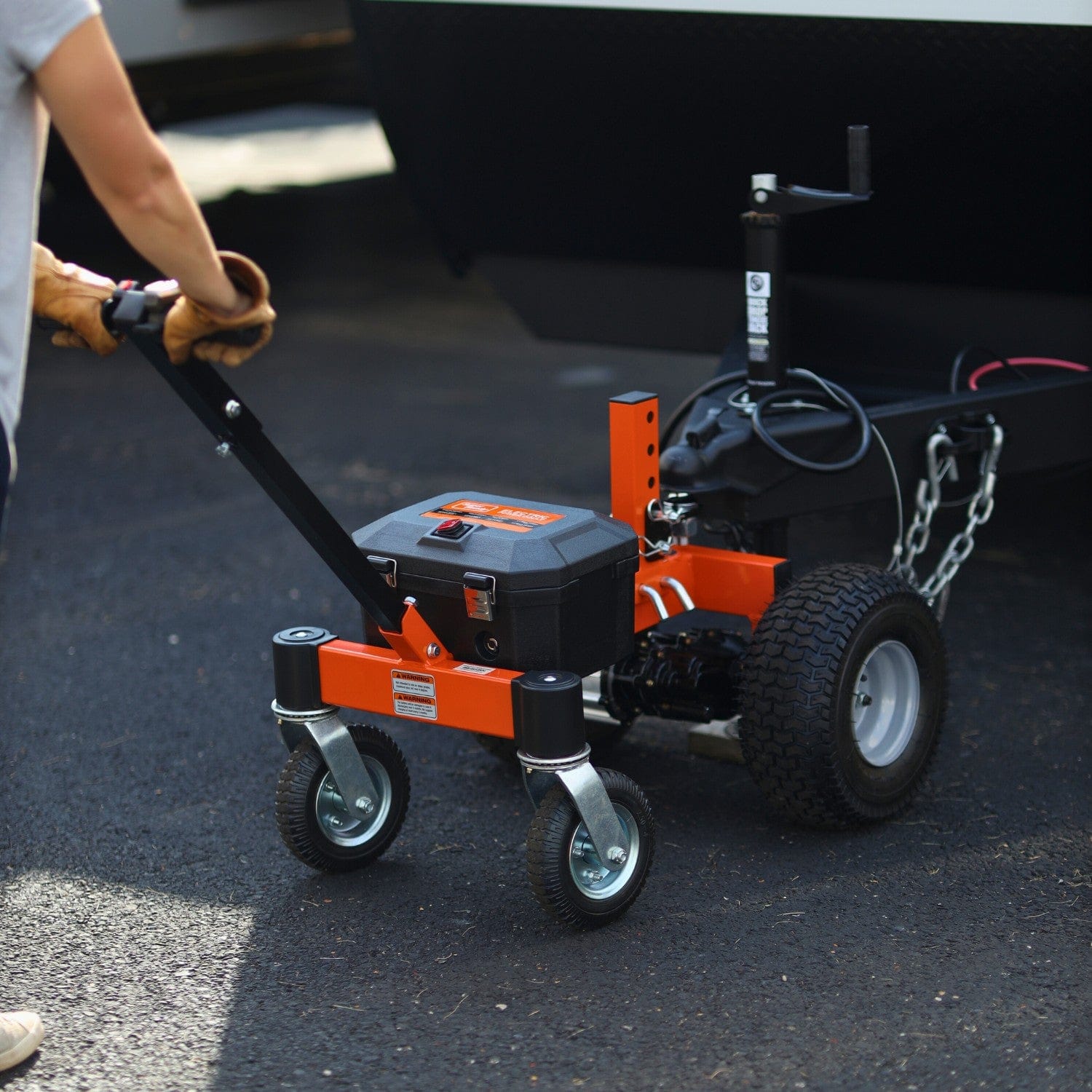
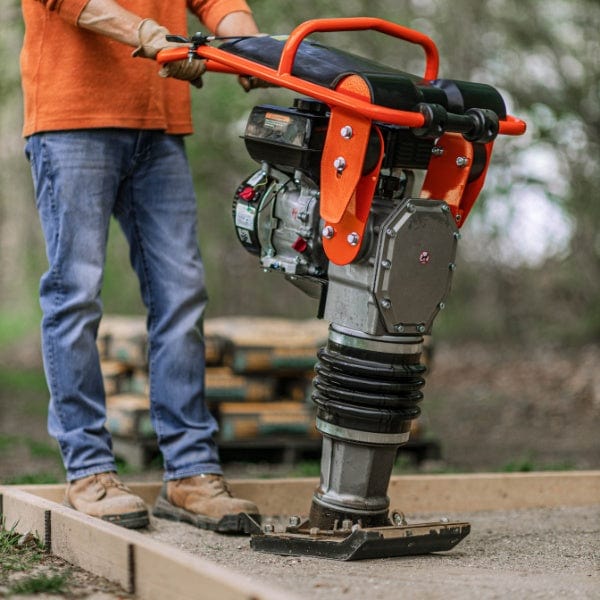
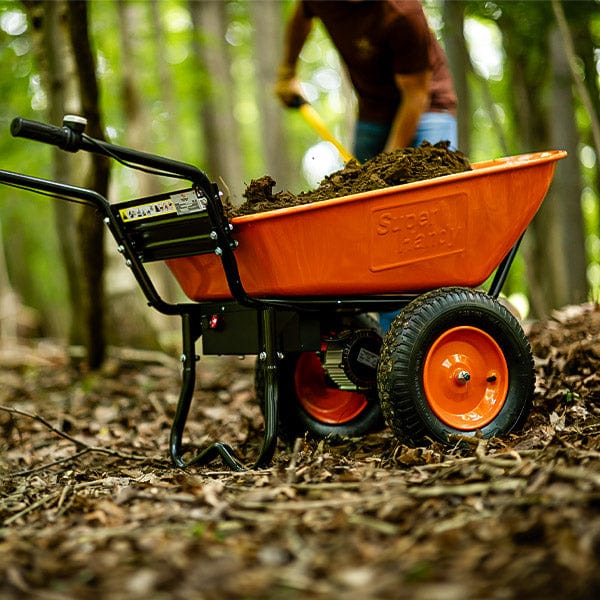
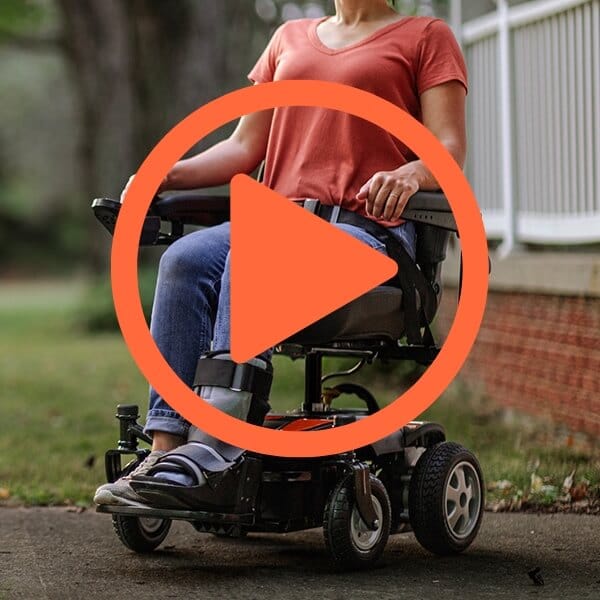
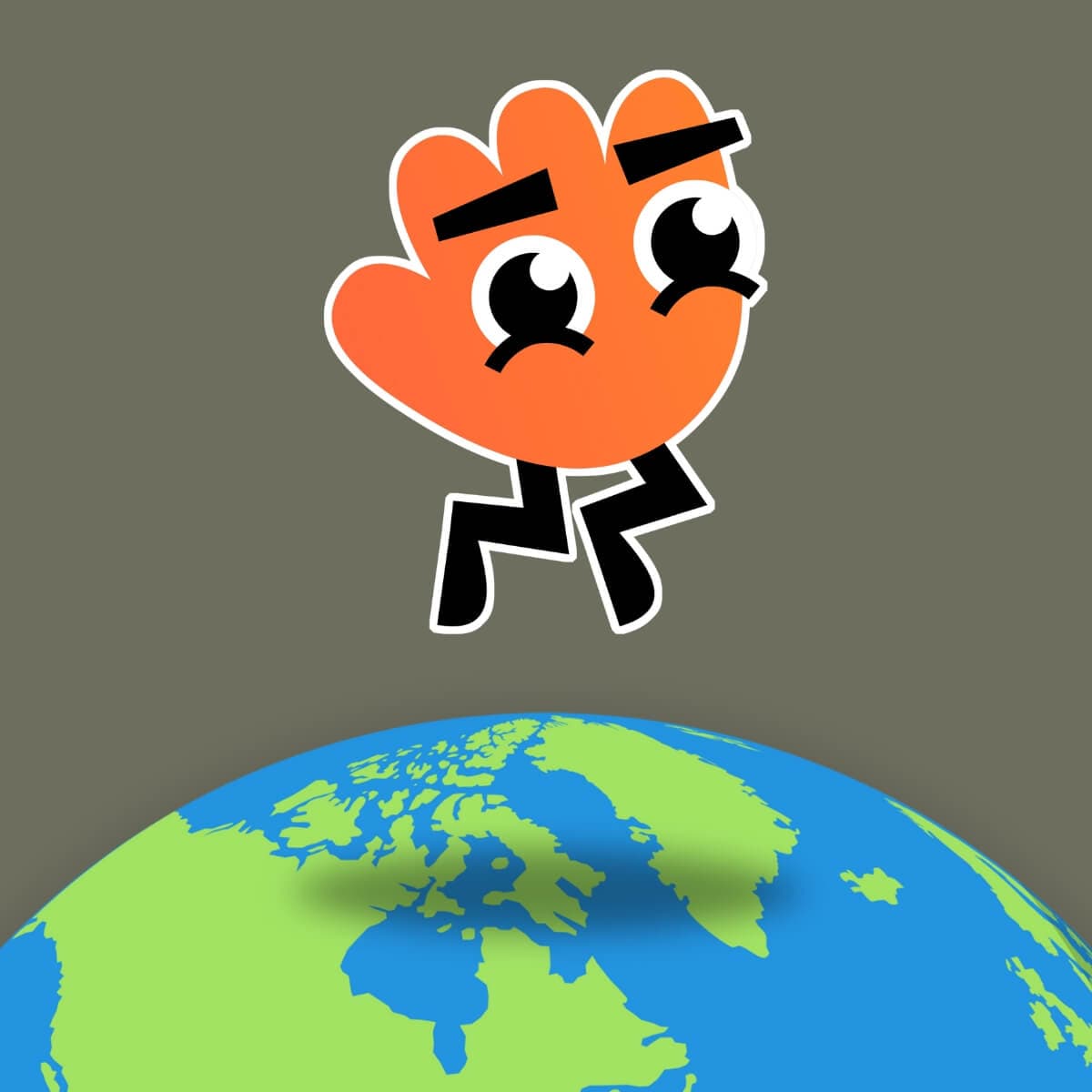
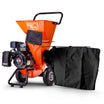
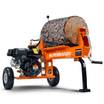

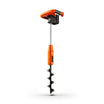
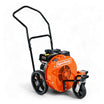
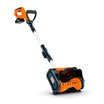
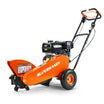
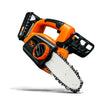
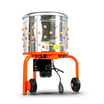

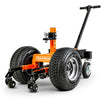
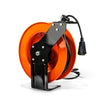
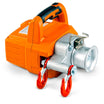
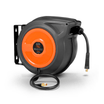
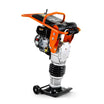
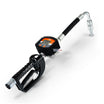
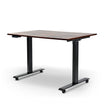
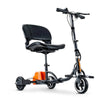
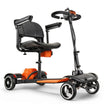
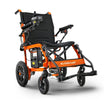


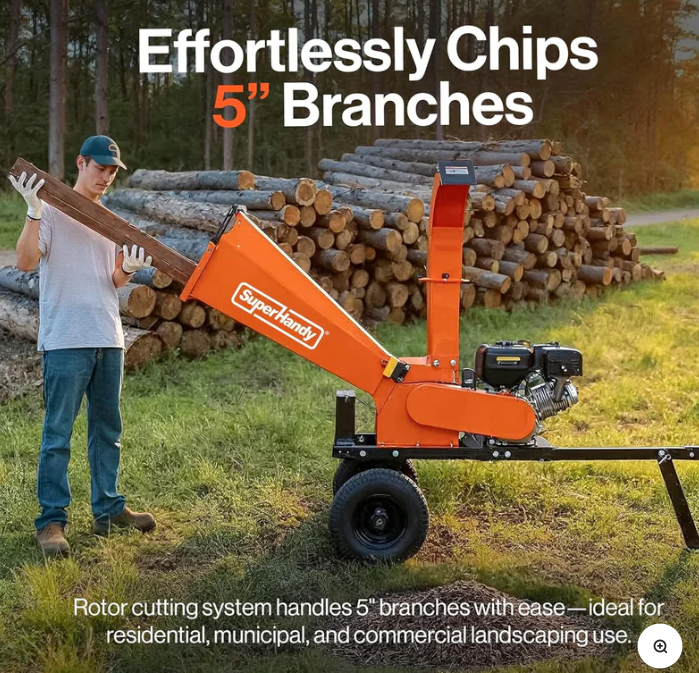
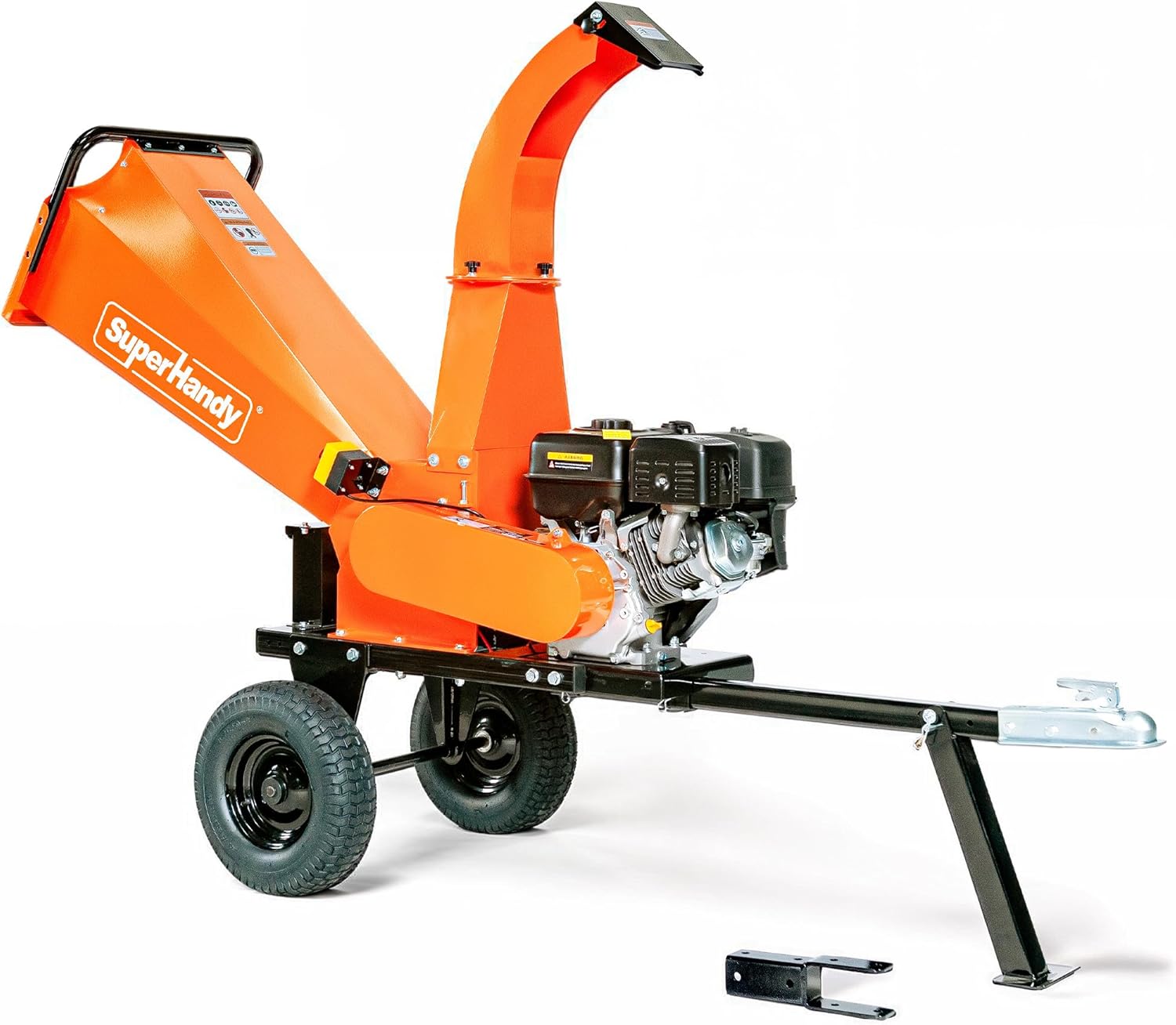

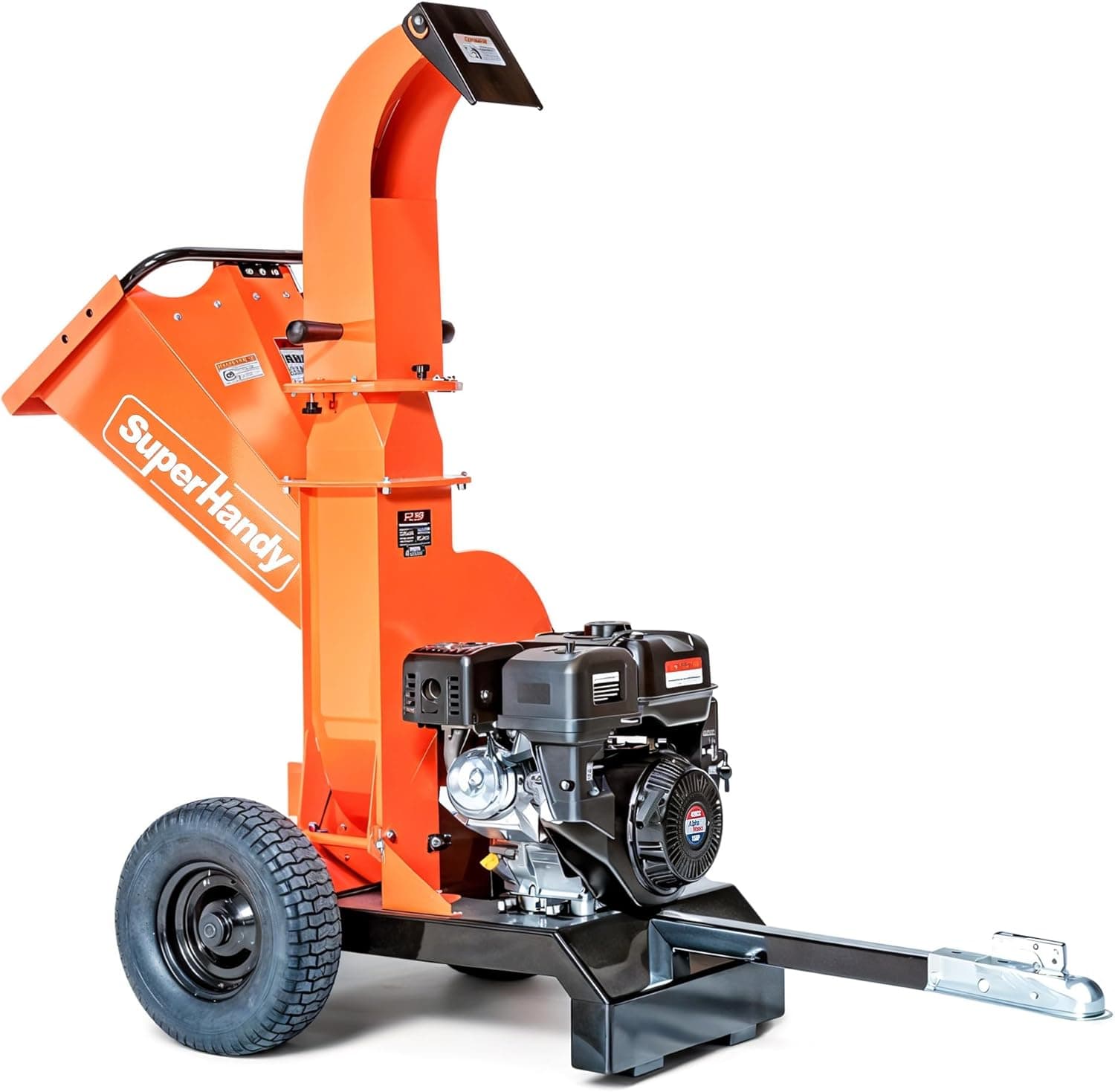
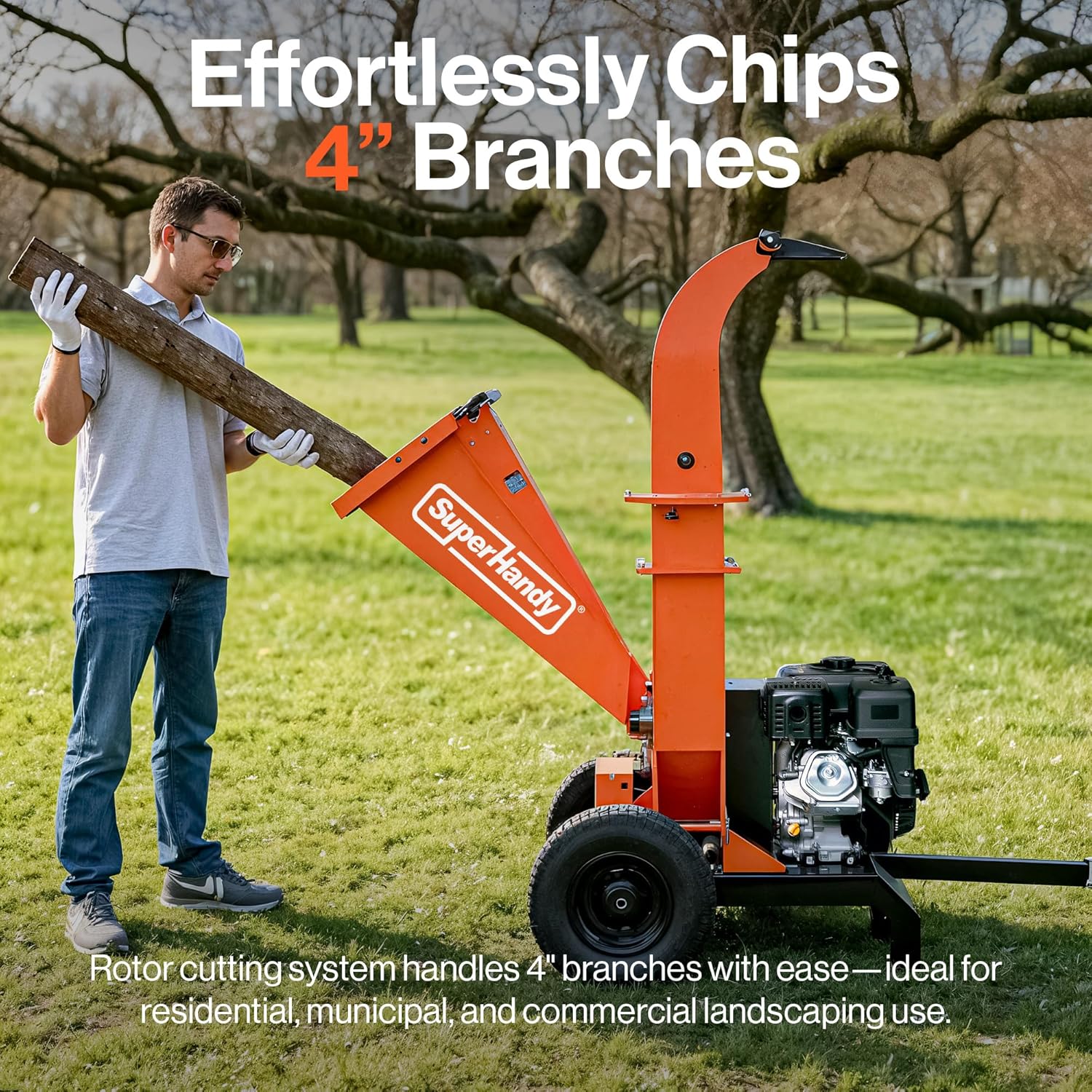
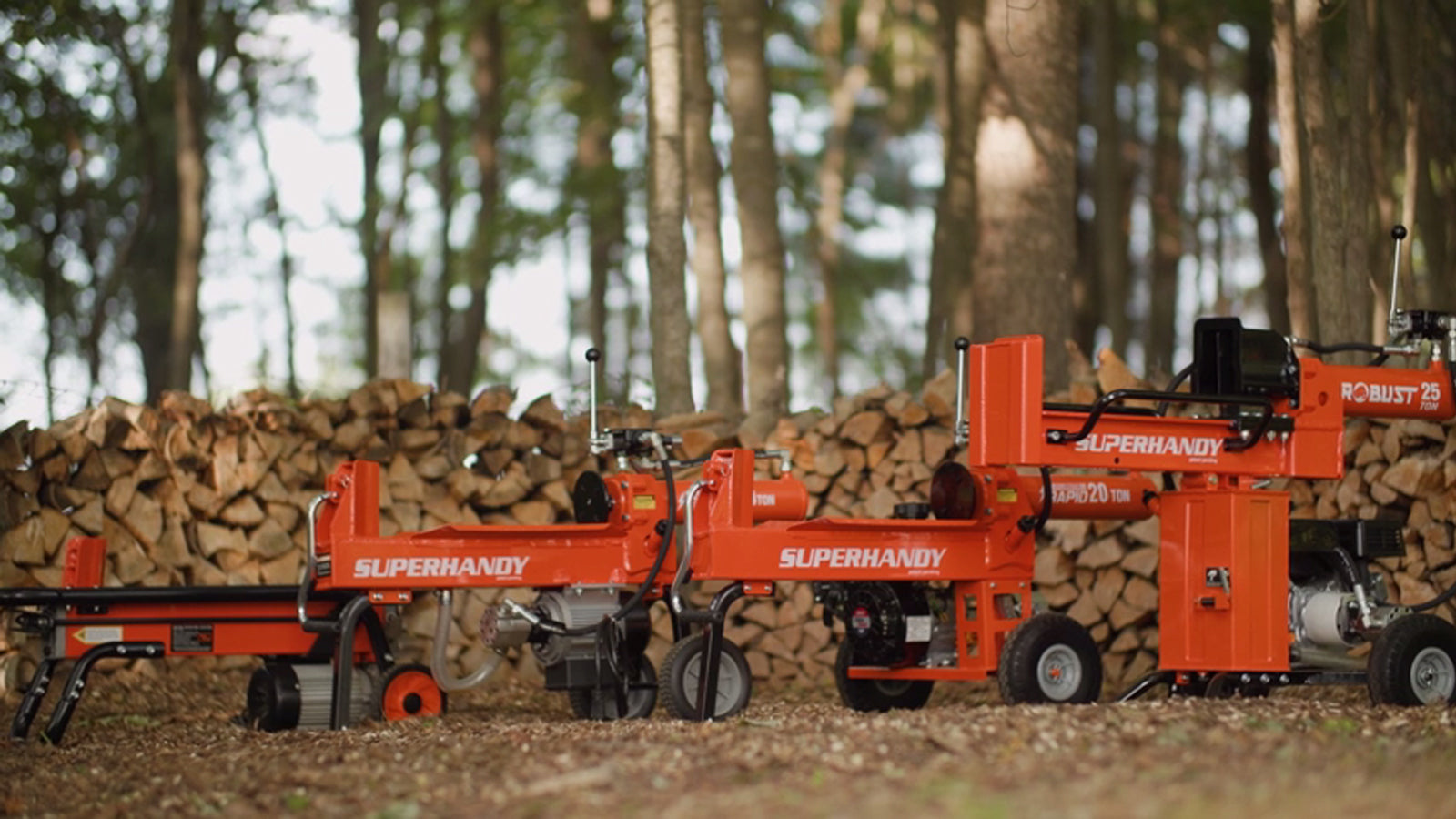
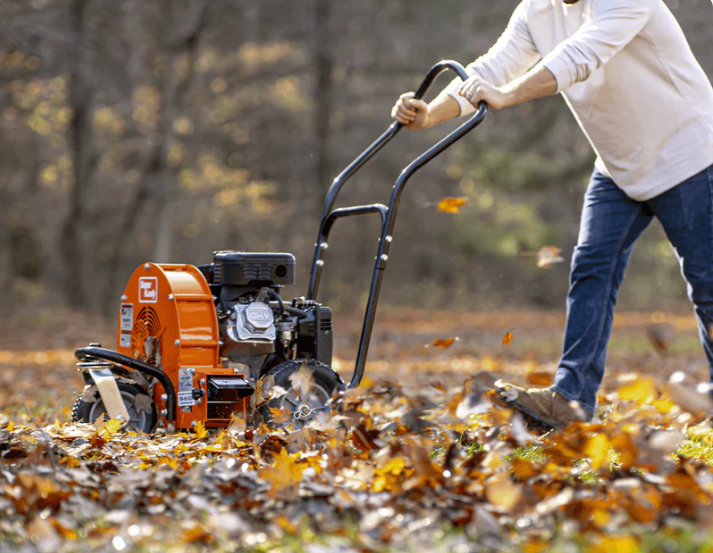
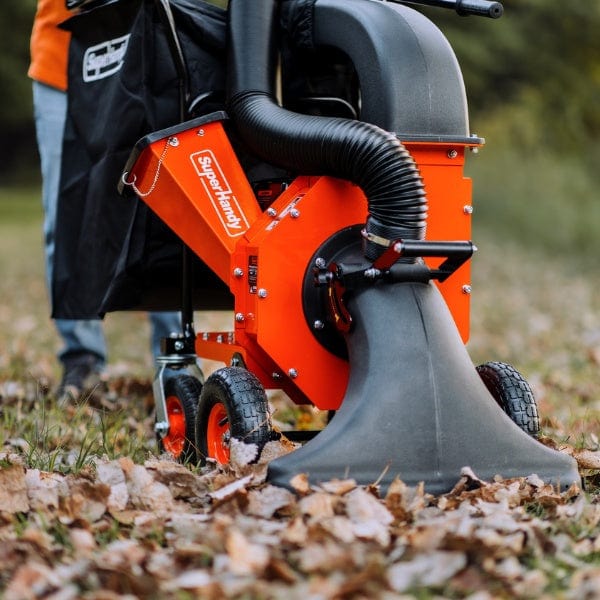
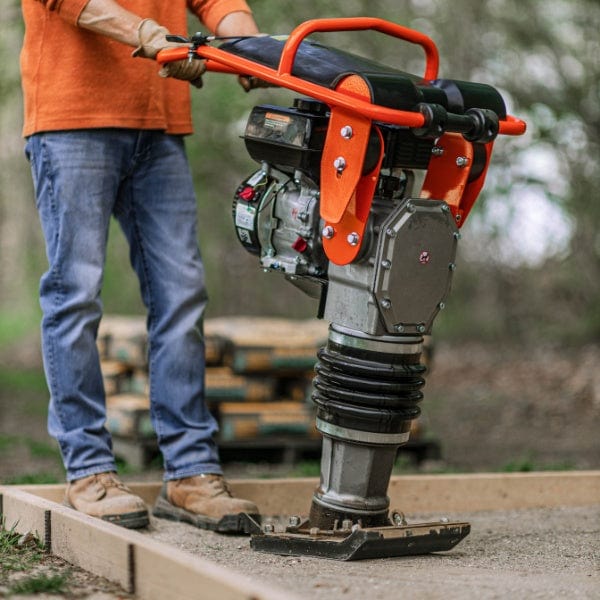
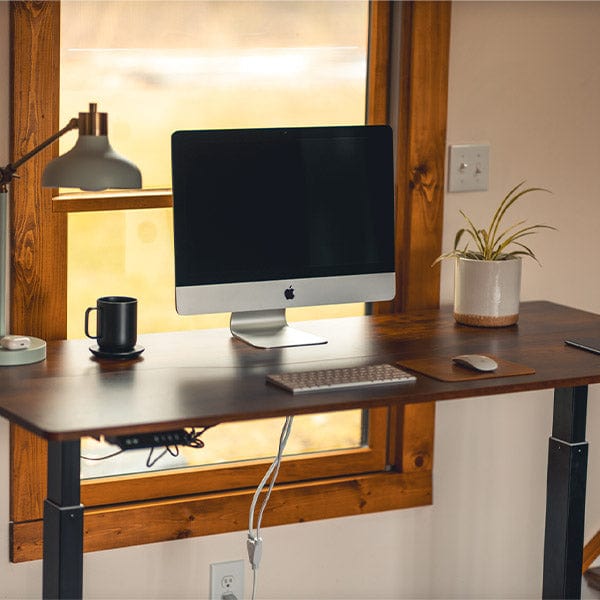

Leave a comment
All comments are moderated before being published.
This site is protected by hCaptcha and the hCaptcha Privacy Policy and Terms of Service apply.